Optimal Timing for Foundation Repairs
Understanding the optimal timing for foundation repairs is essential to ensure structural stability and minimize long-term costs. The best time to undertake foundation repairs depends on weather conditions, soil moisture levels, and the severity of foundation issues. Typically, dry and moderate weather conditions provide ideal circumstances for repairs, as excessive moisture or drought can complicate the process.
These seasons often offer moderate weather, making foundation repairs more manageable and reducing the risk of weather-related delays.
Periods of low rainfall help stabilize soil conditions, minimizing further shifting or settling during repairs.
Extremely cold winters or hot summers can hinder repair work and affect materials, making these times less ideal.
Addressing foundation issues promptly after detection prevents deterioration and costly future repairs.
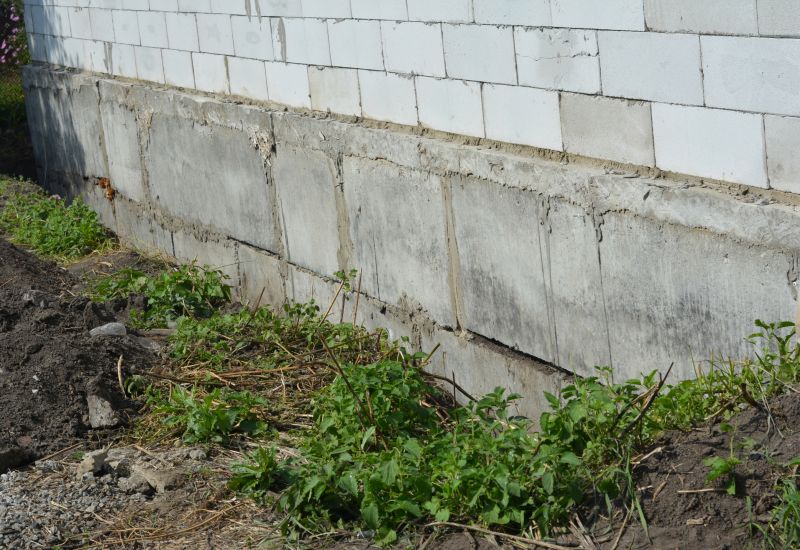
Spring offers moderate temperatures and manageable soil conditions for repairs.
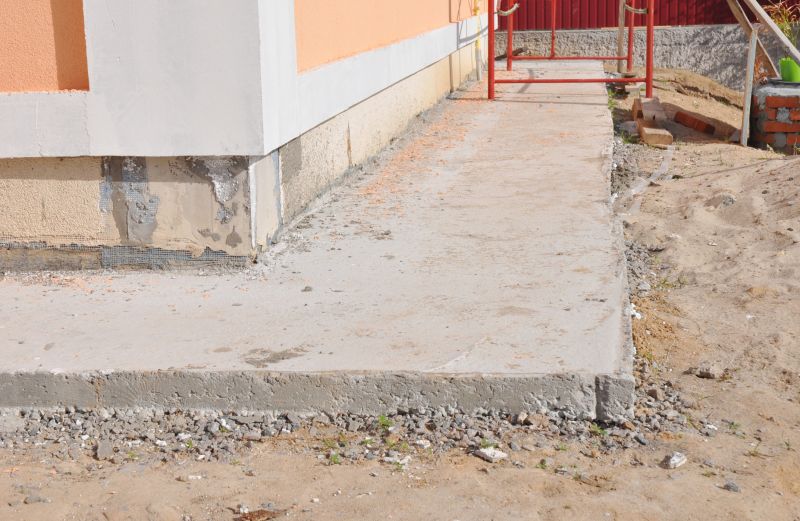
Summer's dry weather can facilitate stable repair conditions.
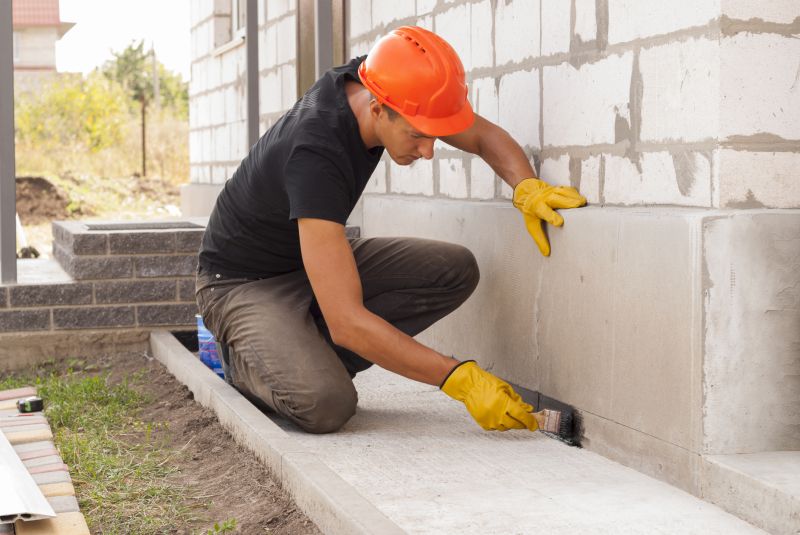
Fall provides cooler weather and less soil moisture, ideal for repairs.
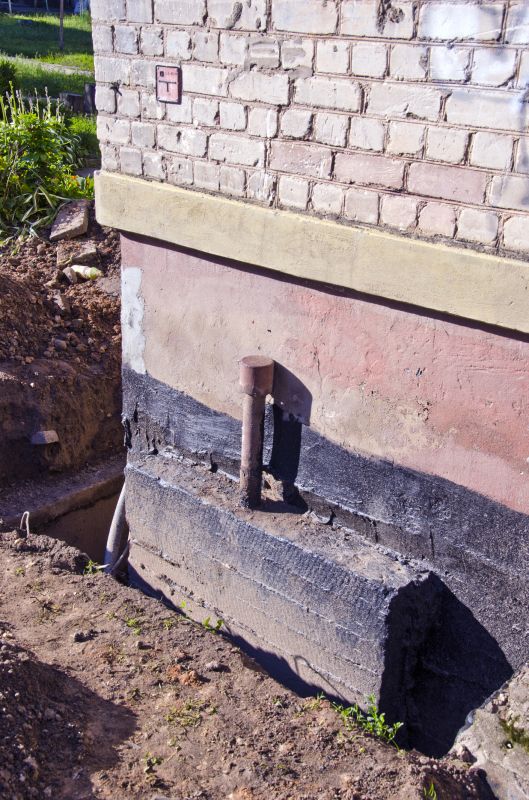
Winter is generally less suitable due to cold temperatures and frozen soil.
| Season | Optimal Conditions |
|---|---|
| Spring | Moderate temperatures, soil drying, manageable moisture levels |
| Summer | Dry weather, stable soil conditions |
| Fall | Cooler temperatures, low soil moisture |
| Winter | Cold temperatures, frozen ground, less suitable |
Foundation repairs are crucial for maintaining the structural integrity of a building. They address issues such as settling, cracking, or shifting that can compromise safety and property value. Timely repairs prevent further damage and reduce the need for extensive future interventions. Factors influencing repair timing include soil conditions, weather patterns, and the severity of foundation problems. Properly scheduled repairs can result in more effective stabilization and longer-lasting results.
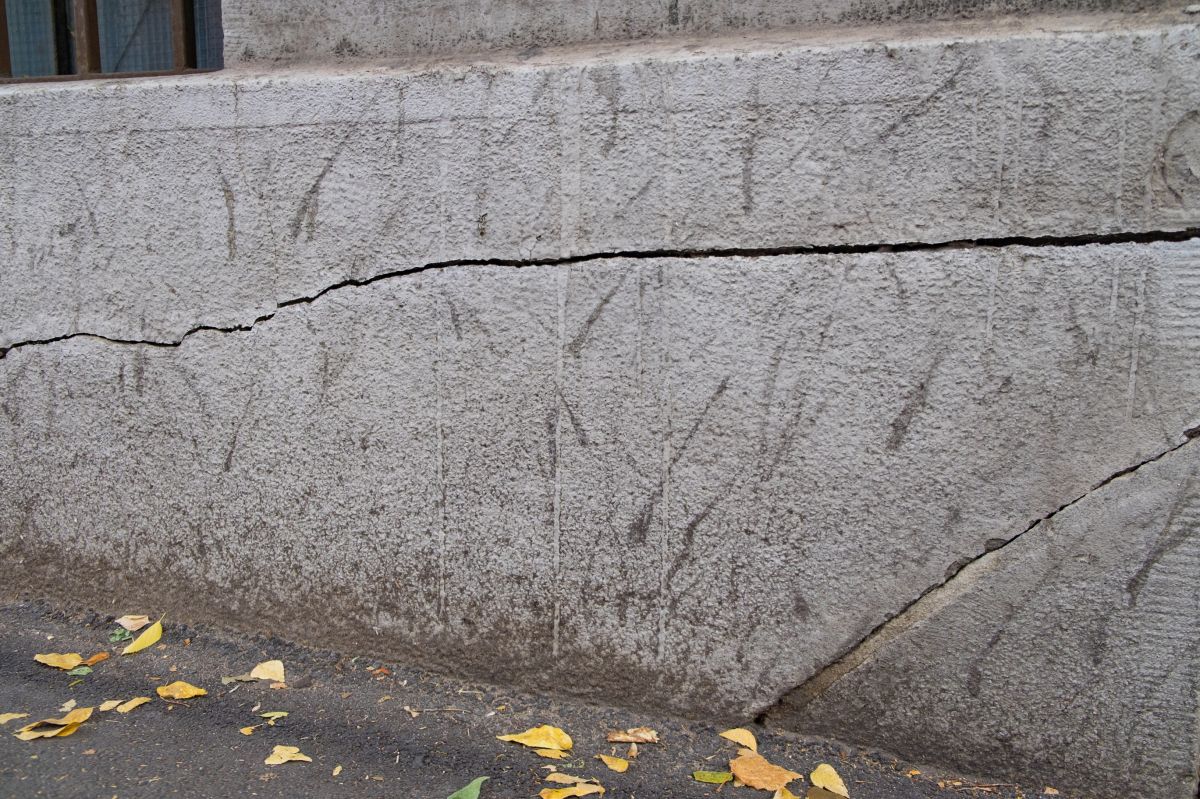
Visible cracks indicate the need for immediate assessment and repair.
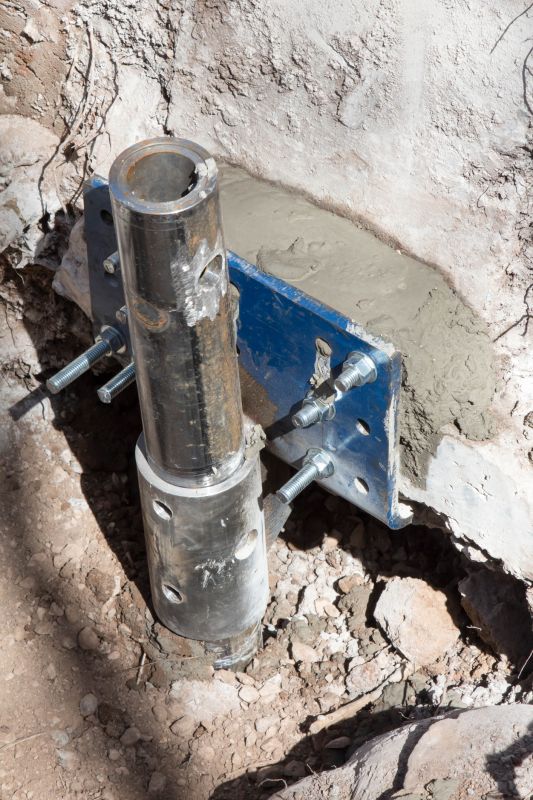
Piering stabilizes and lifts sunken foundations effectively.
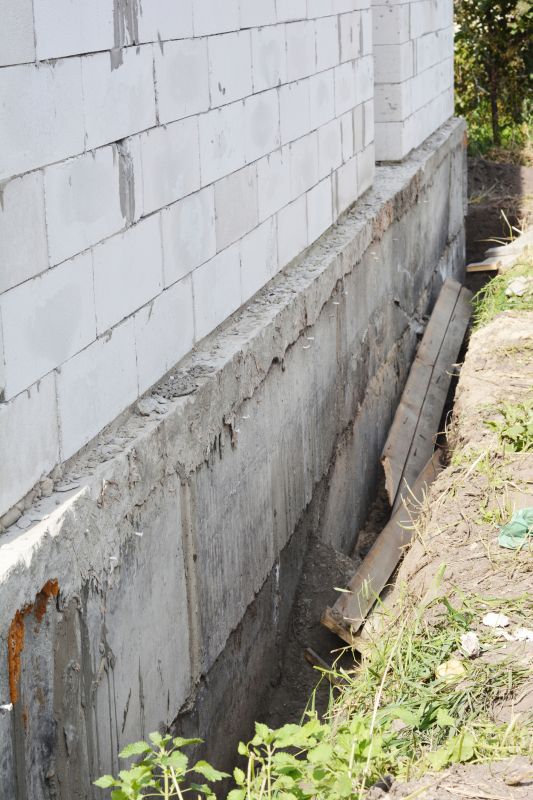
Proper soil stabilization prevents future shifting.
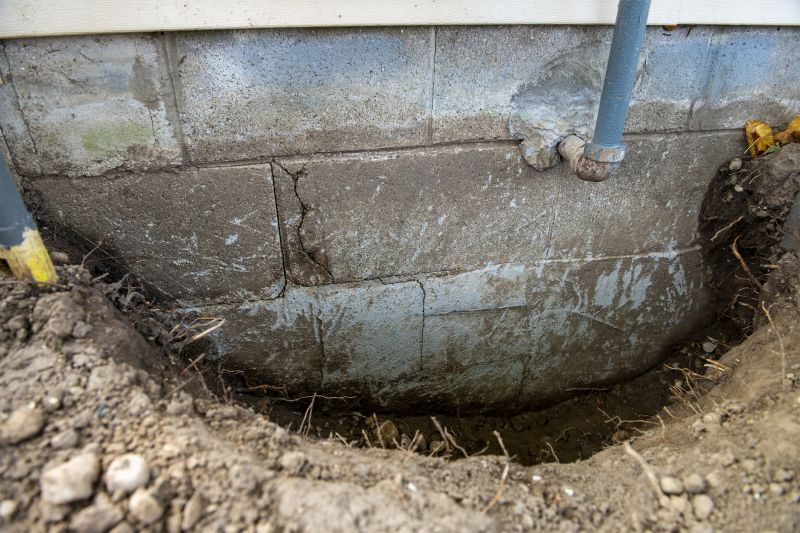
Addressing wall cracks and bowing prevents further structural issues.

Ways to make Foundation Repairs work in tight or awkward layouts.

Popular materials for Foundation Repairs and why they hold up over time.
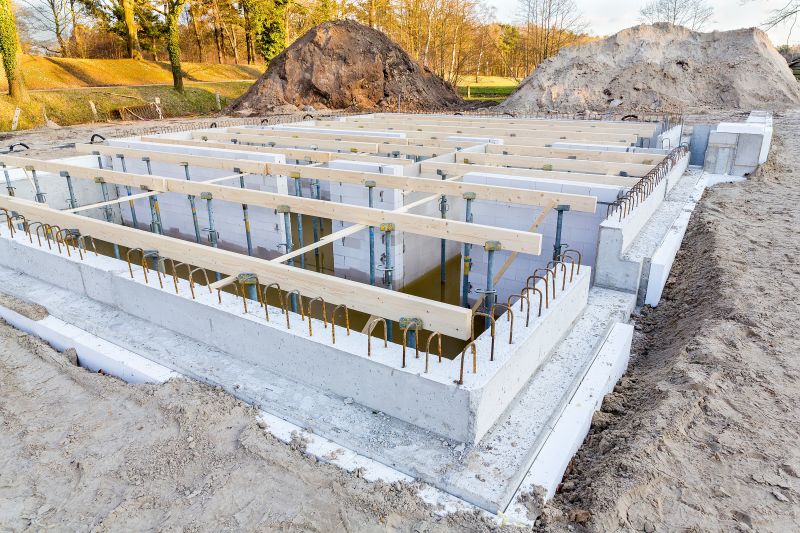
Simple add-ons that improve Foundation Repairs without blowing the budget.
Timely foundation repairs are essential to prevent ongoing damage, which can lead to costly renovations or structural failure. Recognizing early signs such as uneven floors, sticking doors, or visible cracks can help determine the right time for repairs. Consulting with foundation specialists ensures proper assessment and optimal scheduling based on current conditions.
Uneven floors, cracks in walls, and sticking doors are common indicators.
Early intervention can prevent extensive damage and higher costs.
Soil moisture and weather fluctuations significantly influence foundation stability.
Align repair timing with favorable weather and soil conditions for best results.
Interested in foundation repairs? Filling out the contact form can provide tailored advice and scheduling options to address foundation concerns effectively.

